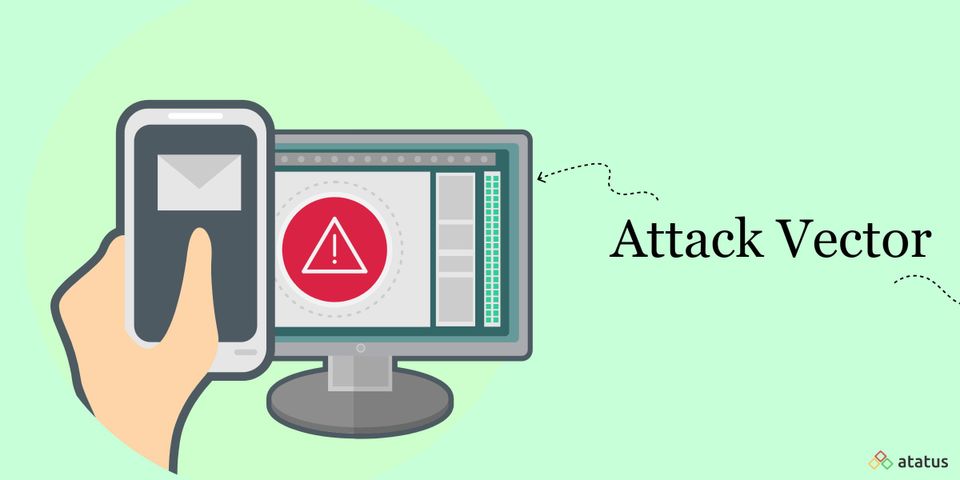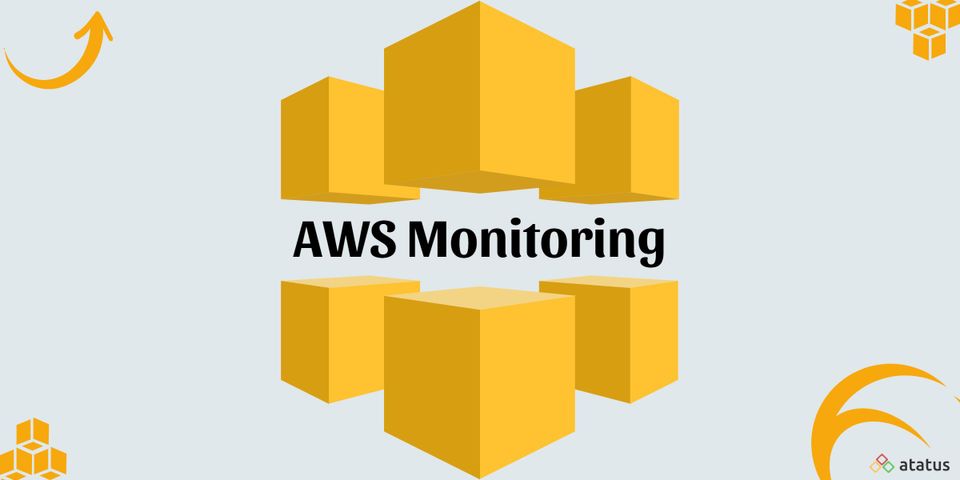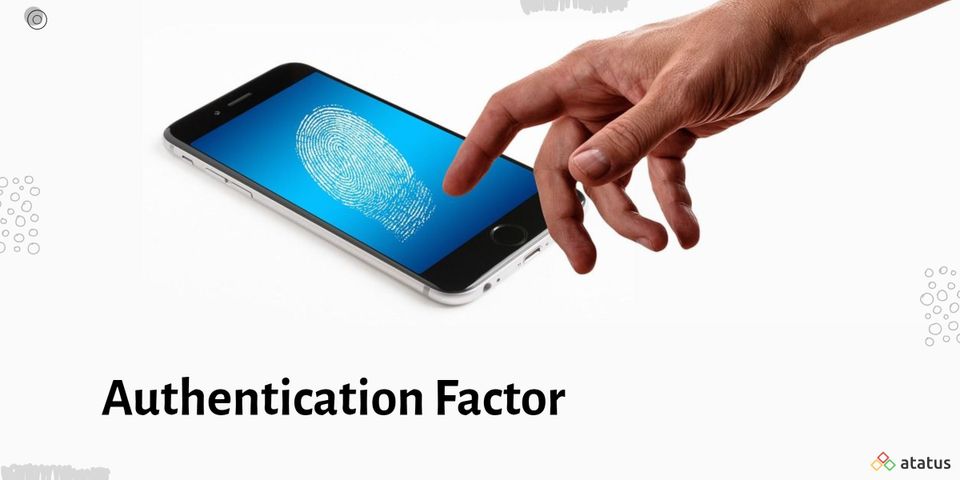Numerous cyber-attacks have resulted in a variety of events that have put the security system to the test. An attack vector is a method or path via which a hacker can gain unauthorized access to a computer or network system in order to carry out their malicious intentions.
We will cover the following:
- What is Attack Vector?
- Attack Surface vs Attack Vector
- How to Exploit Attack Vector?
- Most Common Attack Vector
- How to Protect Devices from Attack Vector?
What is Attack Vector?
An attack vector is a path or method that a hacker uses to gain unauthorized access to a network or computer in order to exploit system flaws. Hackers utilize a variety of attack vectors to launch assaults that exploit system flaws, compromise data, or steal login credentials. Malware and viruses, harmful email attachments and online links, pop-up windows, and instant messages are examples of such approaches, which entail the attacker duping an employee or individual user.
Many attacks are financially motivated, with attackers taking money or data and personally identifiable information (PII) from people and organizations, then holding the owner to ransom. There are many different types of hackers who can breach a network. Disgruntled former employees, politically motivated organized groups, hacktivists, professional hacker groups, and state-sponsored groups are all possibilities.
An attack vector in computer terminology would be malware such as Trojans, which hackers exploit to transmit malicious code to their victims. Vulnerabilities in the computer system, as well as people's vulnerability to social manipulation and impersonation, are the targets of attack vectors.
Attack Surface vs Attack Vector
The whole network area that an attacker can utilize to launch attack vectors and extract data or obtain access to an organization's systems is referred to as the attack surface. Considering their weaknesses, such as weak passwords or unpatched software, might be exploited by an attacker, devices, and people are part of an organization's attack surface.
An attack vector is used to launch cybersecurity attacks. This could happen as a result of malware or a phishing attempt aimed at stealing user credentials and gaining unauthorized access to corporate data and resources.
How to Exploit Attack Vector?
Hackers exploit insecure systems, attack devices, and networks, and steal data from users using a variety of threat vectors. Passive attacks and active attacks are the two basic types of attack vectors.
- Passive Attack
When an attacker monitors a system for open ports or vulnerabilities in order to gain or gather information about their target, this is known as a passive attack. Because passive attacks do not affect data or system resources, they can be difficult to detect. Rather than causing damage to a company's systems, the attacker risks the data's confidentiality.
Passive attack vectors include passive reconnaissance, in which an attacker uses tools like session capture to monitor an organization's systems for vulnerabilities without interacting with them, and active reconnaissance, in which the attacker engages with target systems using methods like port scans. - Active Attack
An active attack vector is one that aims to disrupt or harm a company's system resources or disturb its normal operations. This includes attackers using denial-of-service (DoS) attacks, targeting users' weak passwords, or using malware and phishing attacks to exploit system weaknesses.
A masquerade attack, in which an attacker poses as a trusted user and steals login credentials to obtain access to system resources, is a popular example of an active attack. Cybercriminals frequently utilize active attack methods to obtain the information they need to launch a larger hack against a company.
Most Common Attack Vector
Intruders are always looking for new ways to attack. The following are the most popular attack vectors:
- Software Vulnerabilities
An attacker can employ a threat vector, such as malware, to gain unauthorized access if a network, operating system, computer system, or application has an unpatched security vulnerability. - Compromised User Credentials
Users can reveal their user IDs and passwords knowingly or accidentally. This can be done orally, but cyber attackers can also employ a brute-force attack to acquire access to credentials by trying numerous combinations of user IDs and passwords until an authorized pair of credentials is discovered. These credentials are then used by the hacker to gain access to a network, system, or application. - Weak Passwords and Credentials
Brute-force attacks concentrate cyber attackers' efforts on weak or readily guessed user IDs and passwords. Hackers can also steal credentials by monitoring public Wi-Fi networks for when users enter their login credentials. Hackers can also get access by persuading users to click unsolicited email attachments with malicious links to fake websites that persuade them to hand over personally identifiable information (PII). - Malicious Employees
Employees who are malicious or unhappy can use their security clearances to hack into networks and systems and obtain sensitive information such as customer lists and intellectual property (IP), which they can either demand a ransom for or sell to others for nefarious purposes. - Poor or Missing Encryption
Employees may forget to encrypt critical data kept on computers and smartphones when out in the field in some situations. In other circumstances, encryption algorithms have known design weaknesses or only encrypt and safeguard data with a restricted number of keys. - Ransomware
Ransomware is a sort of malware that encrypts the data on the victim's computer and threatens to publish or prevent access to it unless the attacker is paid a ransom. Ransomware can encrypt a user's files and demand payment in exchange for the files' unlocking. The majority of ransomware is downloaded mistakenly onto a computer or network by a user. - Phishing
Phishing is a deceitful activity in which an attacker sends emails seeming to be from a respected company in order to trick people into revealing personal information such as passwords or credit card details. Spear phishing is a highly targeted attack that seeks unauthorized access to valuable company information from a single recipient. - Misconfigured Devices
Companies' software and hardware security can be misconfigured, leaving them open to hackers. Vendor security settings on equipment are lax, and security hacks can occur if IT does not change this equipment before placing it on networks. In other cases, companies buy equipment but fail to completely set security. - Distributed Denial-of-Service (DDoS) Attacks
DDoS attacks flood victims with fake emails, making their system or network unworkable and their services unavailable to their intended recipients. These attacks are frequently directed towards the web servers of financial, commercial, and government entities, and are frequently used to divert attention away from other network attacks.
How to Protect Devices from Attack Vector?
In order to get access to corporate IT assets, attackers employ a variety of techniques. IT's responsibility is to identify and apply the policies, tools, and strategies that are most effective in defending against these assaults as they change. A list of effective protective techniques is provided below:
- Implement Effective Password Policies
Ascertain that usernames and passwords are the appropriate length and strength and that the same credentials are not used to access different applications and systems. To give an extra layer of security for system access, use two-factor authentication (2FA) or verification techniques like a password and a personal identification number (PIN). - Install Software for Security Monitoring and Reporting
Once a potential attack by an unidentified or unauthorized user or source is detected, these software monitors, identifies, alarms, and even locks down entry points to networks, systems, workstations, and edge technologies. - Keep IT Security Front and Centre
It necessitates regular briefings and education for C-level executives so that they are aware of the importance of IT security and the consequences for the company and its brand if IT is left unprotected. - Regularly Audit and Test IT Resources for Vulnerabilities
IT vulnerability testing should be done at least once a quarter, and IT resources should be tested for vulnerability once a year by an outside IT security audit firm. Security rules, methods, and prevention strategies should all be revised immediately based on these findings. - Install All Updates Right Away
When hardware, firmware, or software update is released, IT should install it as soon as possible. If devices are utilized in the field, security updates should be delivered via push notifications, which automatically update software or firmware. - Use Strong Data Encryption on Portable Devices
Data encryption should be utilized anywhere sensitive data is held, whether it is on a laptop, a smartphone, a sensor, or any other form of the edge device. This can be accomplished by using a robust data encryption method, such as Advanced Encryption Standard (AES). - Secure Physical Spaces
Physical access intrusions can happen, even if most data breaches and security hacks target IT. Hacking targets include data centres, servers in various company divisions and remote field offices, medical equipment, field-based sensors, and even physical filing cabinets in offices. They should be secured, safeguarded, and inspected on a regular basis.
Conclusion
Companies must keep their systems up to date to ensure attack on their computer or information system does not occur. It is the only information that has meaning in this new era of data, and losing it can result in a significant loss for organizations.
Monitor Your Entire Application with Atatus
Atatus provides a set of performance measurement tools to monitor and improve the performance of your frontend, backends, logs and infrastructure applications in real-time. Our platform can capture millions of performance data points from your applications, allowing you to quickly resolve issues and ensure digital customer experiences.

Atatus can be beneficial to your business, which provides a comprehensive view of your application, including how it works, where performance bottlenecks exist, which users are most impacted, and which errors break your code for your frontend, backend, and infrastructure.





